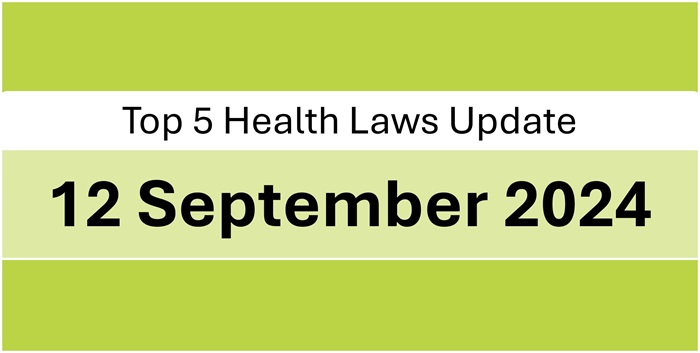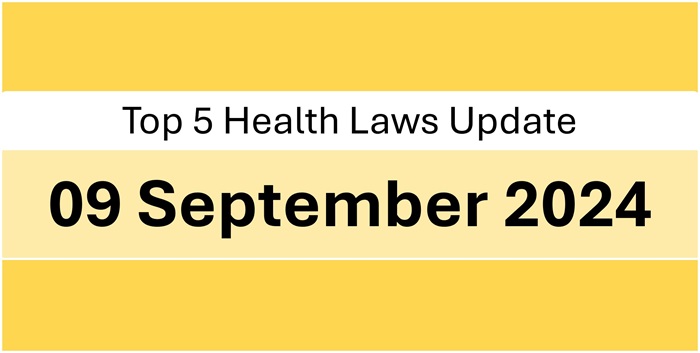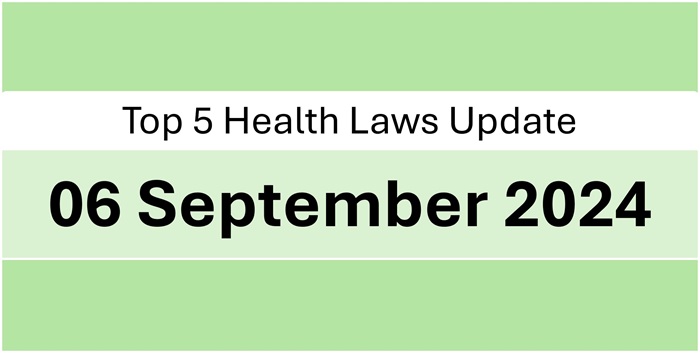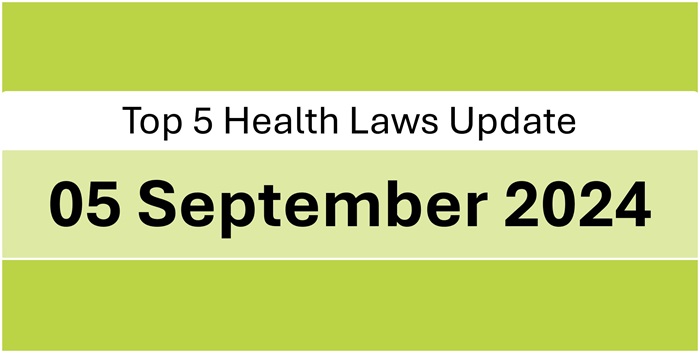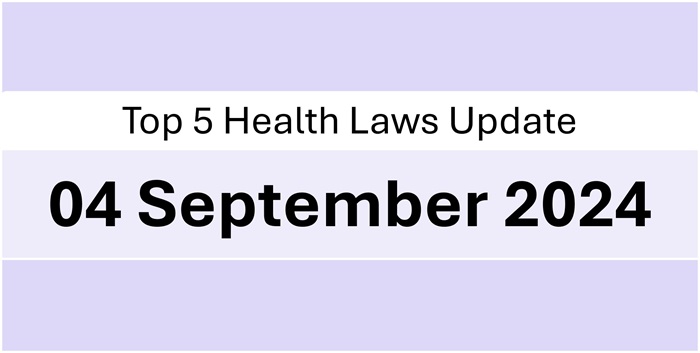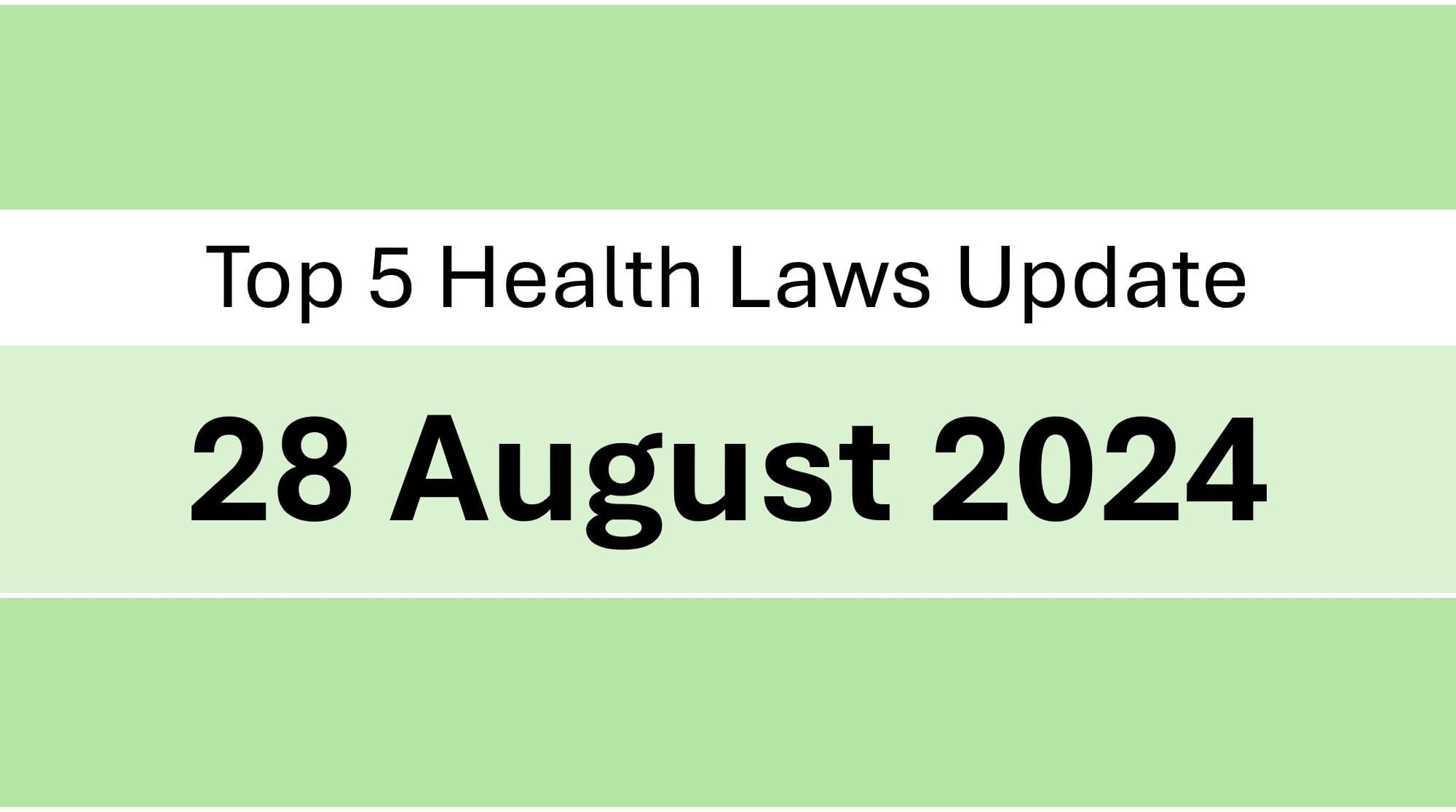Source: bit.ly/3z9EX92
2. All registered Doctors are required to re-register their MBBS qualifications on the newly operationalized National Medical Register Portal and shall be provided a Unique Identification Number.
Source: bit.ly/3TyGpsl
Source: bit.ly/3zy4PLE
3. The central drugs regulator of India, the Drugs Controller General of India has issued a revised Guidelines and checklists for Zonal, Sub-Zonal and Port-officers of the State Drug Authorities providing updated policy on how to conduct their duties.
Source: bit.ly/3TuM2b3
4. The Indian Pharmacopoeia Commission has clarified that in the event of a conflict of interpretation between the newly released digital version of the Indian Pharmacopoeia 2022, and the print version the print version shall win out.
Source: bit.ly/4gqZ2IA
5. In addition to requiring audio-visual warnings during presentation of films, the Central government will require all online curated content publishers to display a non-skippable anti-tobacco audio-visual advertisement, as well as place a static message for the duration of display of use of tobacco and tobacco products in the curated content. This requirement shall be effective form March 2025.
Source: bit.ly/3XMqTvq


